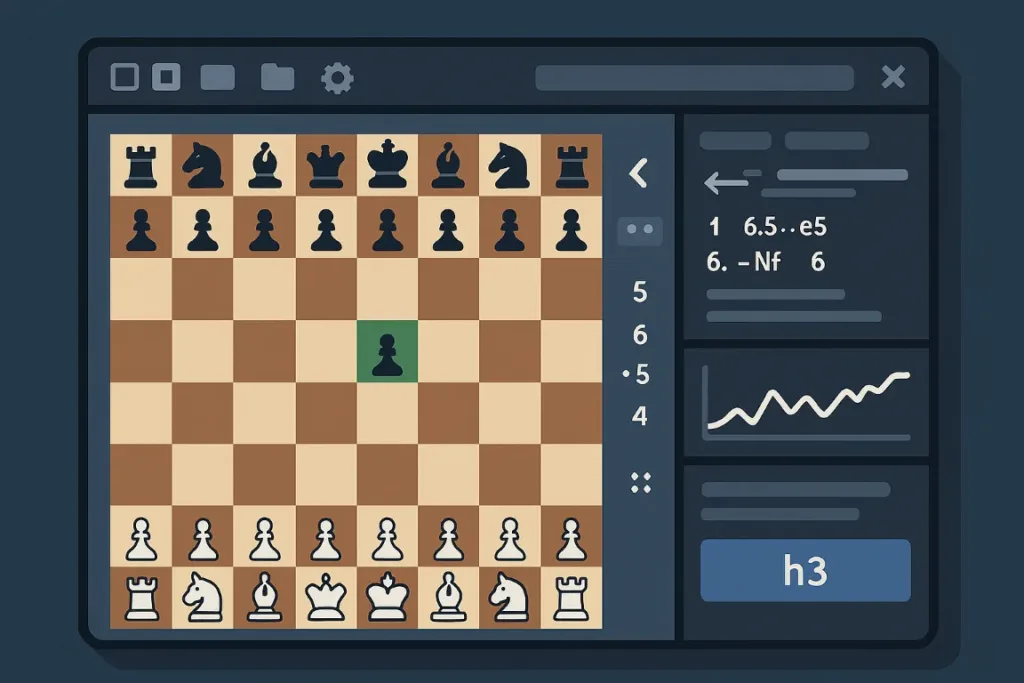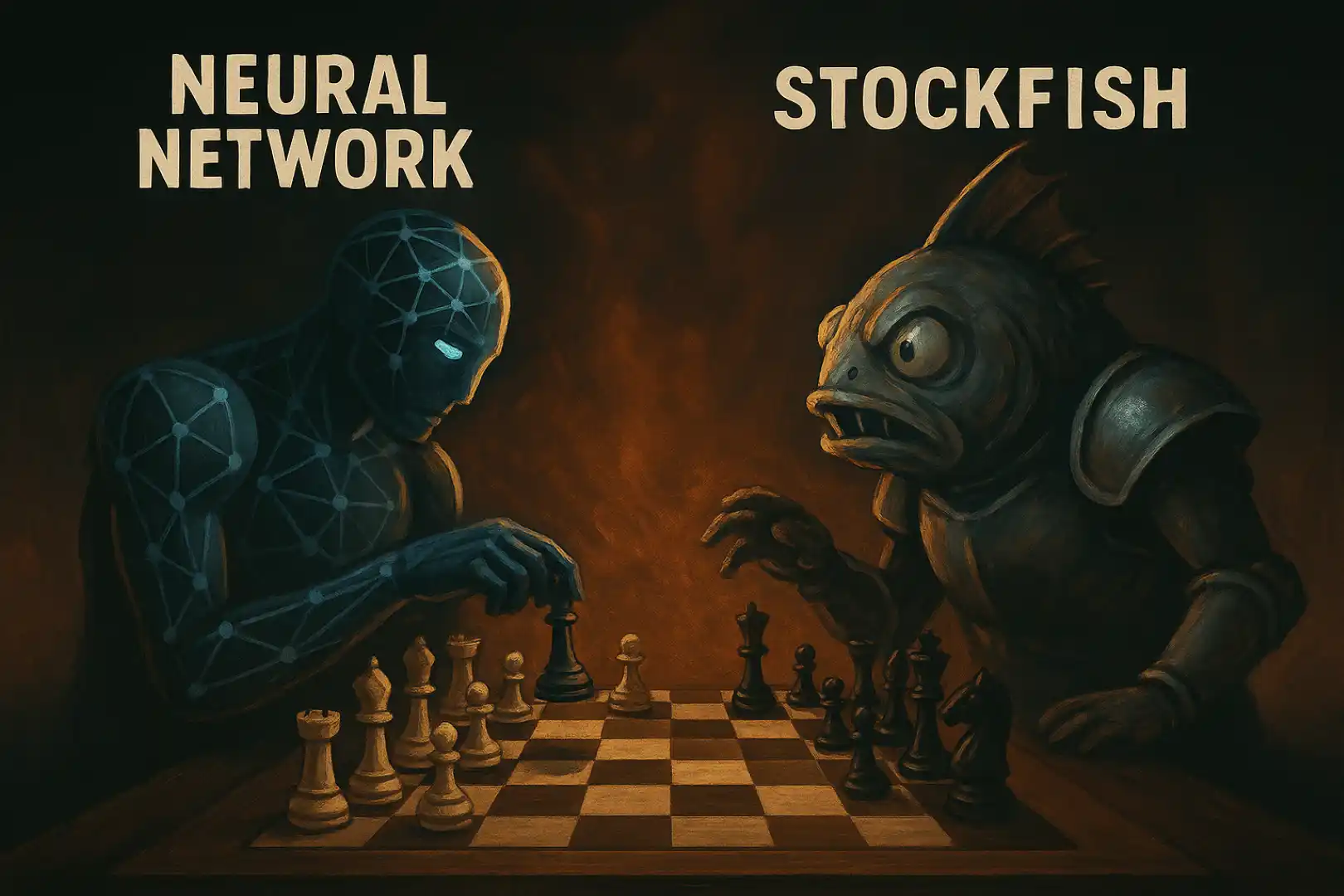The Best GUI Chess
Introduction: What is a GUI and Why It Matters in Chess
A Graphical User Interface (GUI) is a form of user interface that allows users to interact with electronic devices through graphical icons and visual indicators, rather than text-based interfaces, typed command labels, or text navigation. The concept of the GUI was pioneered at Xerox PARC in the 1970s and brought into popular computing with Apple’s Macintosh and Microsoft Windows platforms. In essence, a GUI enables more intuitive interaction with software applications, particularly for users who may not be comfortable using command-line prompts.
In the context of chess software, GUIs serve as the bridge between human users and powerful chess engines such as Stockfish, Komodo, and Leela Chess Zero. While engines perform the calculations and generate moves, it is the GUI that renders the chessboard, displays move suggestions, evaluations, and enables features like saving games, importing PGN files, and reviewing annotations. Without a GUI, even the most powerful chess engines would remain inaccessible to the vast majority of players.
The landscape of chess GUIs is diverse, ranging from lightweight and open-source applications to robust, commercial platforms designed for professional analysis and training. Each offers a distinct feature set, compatibility with engines, and level of usability. The best GUI for a user depends heavily on their specific needs: casual playing, serious game analysis, opening preparation, or engine-versus-engine tournaments.
In this article, we will explore the leading GUIs for chess analysis and gameplay. We will provide a detailed comparison of their features, release history, and configuration processes. Furthermore, we will guide users step-by-step in integrating their preferred chess engines into these platforms. Finally, we will compare traditional desktop GUIs with popular web-based platforms like Chess.com and Lichess.org, offering an objective view of their strengths and limitations.
Key Features of Chess GUIs
A high-quality chess GUI should offer the following features:
- Engine Support: Most modern GUIs support Universal Chess Interface (UCI) and/or WinBoard protocols, enabling compatibility with a wide range of chess engines.
- Engine Configuration: Options to configure hash size, threads, skill level, multi-PV (multi-line analysis), and other parameters.
- Database Management: Ability to import, organise, and analyse games in PGN format.
- Analysis Tools: Graphical display of evaluation, principal variation (PV), blunder checks, and move suggestions.
- User Interface: Intuitive layout, customisable board styles, sound settings, and navigation tools.
- Cross-Platform Compatibility: Availability on Windows, macOS, and Linux.
- Support for Variants: Some GUIs offer Chess960, Crazyhouse, and other variants.
- Tournaments and Engine Matches: Built-in systems to run engine vs engine matches with time controls.
- Community and Documentation: Active development, user forums, and instructional materials.
Comparative Table of Leading Chess GUIs
| Name | License | Platforms | Protocols Supported | Latest Release | Key Features |
|---|---|---|---|---|---|
| Arena | Freeware | Windows/Linux | UCI, WinBoard | 3.5 (2022) | Easy engine setup, game analysis, tournament mode |
| Cute Chess | Open-source | Win/Mac/Linux | UCI, XBoard | 1.1.0 (2020) | Engine matches, ELO testing, minimal UI |
| Scid vs. PC | GPL (Open) | Win/Mac/Linux | UCI | 4.23 (2023) | Powerful DB tools, annotation, tree explorer |
| Banksia GUI | Open-source | Win/Mac/Linux | UCI, WinBoard | 0.58 (2024) | Fast, modern UI, multi-engine analysis |
| ChessBase/Fritz | Proprietary | Windows | Native + UCI | Fritz 19 (2023) | Commercial DB, cloud engine, deep analysis |
| Shredder GUI | Commercial | Win/Mac/Linux | Native + UCI | v13 (2016) | Strong engine, intuitive interface |
| ChessV | Open-source | Windows | UCI | 2.2 (2020) | Multiple variants, rule customisation |
| Tarrasch Chess | Open-source | Windows | UCI | 3.12 (2021) | Simple, great for beginners |

Step-by-Step Tutorial: Configuring Engines in Popular GUIs
Arena
- Download and Install: Visit the official site and install Arena.
- Add Engine: Go to
Engines > Install New Engine. Locate your Stockfish binary. - Engine Settings: Adjust hash size, threads, and multi-PV as needed.
- Analysis Mode: Open a game and click
Analysis. The engine will begin evaluating.
Cute Chess
- Install Cute Chess GUI: Download from GitHub or official sources.
- Add Engines: Go to
Engines > Addand locate your UCI engines. - Run Engine Match: Set player list and select time control.
- Observe Output: Match results, ELO stats, and PGNs saved automatically.
Scid vs. PC
- Download and Setup: Available on SourceForge.
- Import PGN Database: Use
File > Open > PGN File. - Configure Engine:
Tools > Analysis Engine > Add. Select Stockfish. - Live Analysis: Start analysis with evaluation graph and blunder check.
Banksia GUI
- Install App: Cross-platform builds are available.
- Manage Engines:
Engine > Add Engine. Supports multiple configurations. - Analysis Panel: Real-time multi-engine evaluation.
- Custom Board Themes: Configure colour, piece sets, and more.
Fritz (ChessBase GUI)
- Commercial Product: Install via DVD/download.
- Native Engine: Fritz comes with integrated engine.
- Add Third-party Engines: UCI installation supported.
- Cloud Analysis: Use ChessBase Cloud for remote engine evaluation.
Shredder
- Download GUI: Purchase and download.
- Shredder Engine: Built-in but allows others.
- Set Options: Adjust skill level, hints, analysis mode.
ChessV
- Install: Simple Windows installer.
- Variants: Select from dozens of custom rulesets.
- UCI Integration: Assign engine to different rule sets.
Pros and Cons: Desktop GUIs vs Web Platforms
Desktop GUIs
Pros:
- Full control over engine versions and parameters.
- Offline usage.
- Advanced features for analysis and database management.
- Multi-engine support.
Cons:
- Steeper learning curve.
- Installation and configuration needed.
- UI may not be as modern.
Web Platforms (Lichess.org, Chess.com)
Pros:
- No installation required.
- Constant updates and integrated features.
- Community tools: chat, live events, tournaments.
- Mobile-friendly.
Cons:
- Limited to in-browser engines.
- Analysis depth can be shallow compared to desktop engines.
- Paid subscriptions for advanced tools (especially Chess.com).
Comparison:
While web platforms excel in accessibility, social integration, and training, desktop GUIs offer in-depth analysis, customisability, and superior engine support. A combined workflow is ideal: use Lichess/Chess.com for training and play, and desktop GUIs for serious analysis and engine testing.
Conclusion
The landscape of chess GUIs has evolved dramatically, offering users a wealth of tools for both casual enjoyment and professional-level analysis. Whether you’re a hobbyist seeking to improve your game or a competitive player preparing for high-level tournaments, the right GUI can make a significant difference in your chess journey.
Free and open-source options like Arena, Cute Chess, and Scid vs. PC are excellent starting points, offering a robust set of features without financial investment. For users interested in variant play or modern aesthetics, Banksia GUI and ChessV provide unique alternatives. On the other hand, commercial products like Fritz and Shredder deliver a polished user experience and integrated databases, though they come at a cost.
Compared to online platforms such as Lichess.org and Chess.com, desktop GUIs provide unparalleled engine configurability, in-depth game exploration, and the freedom to operate offline. However, web platforms remain superior in their user engagement, training materials, and mobility.
In summary, the best GUI depends on your personal objectives. For serious study and engine experimentation, desktop GUIs are unmatched. For playing, learning, and community involvement, web platforms are indispensable. Ideally, combining both will yield the richest chess experience.
Sources:
- https://en.wikipedia.org/wiki/List_of_chess_software#Chess_graphical_user_interfaces
- https://en.wikipedia.org/wiki/Graphical_user_interface
- https://www.chessprogramming.org
- https://scidvspc.sourceforge.net/
- https://banksiagui.com
- https://en.chessbase.com
- https://github.com/cutechess/cutechess
- https://www.shredderchess.com
- https://lichess.org
- https://www.chess.com

Jorge Ruiz Centelles
Filólogo y amante de la antropología social africana



